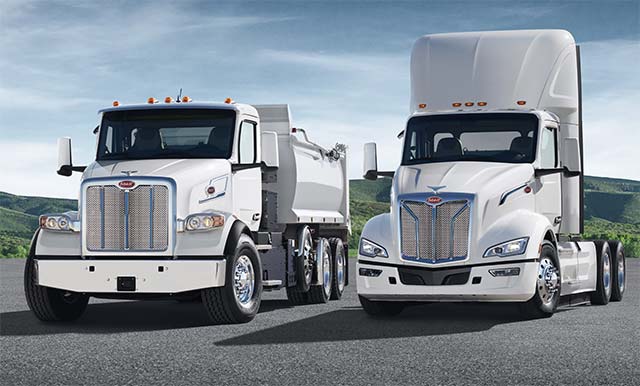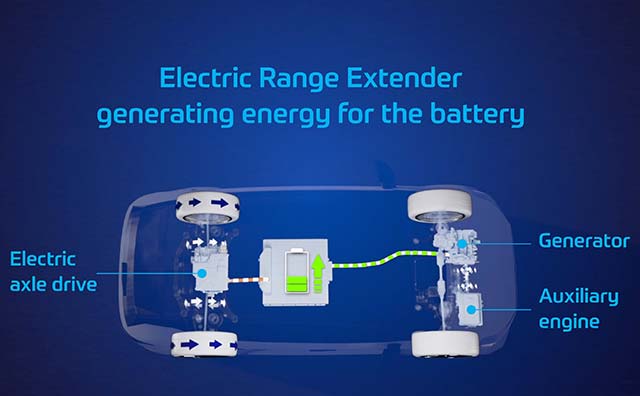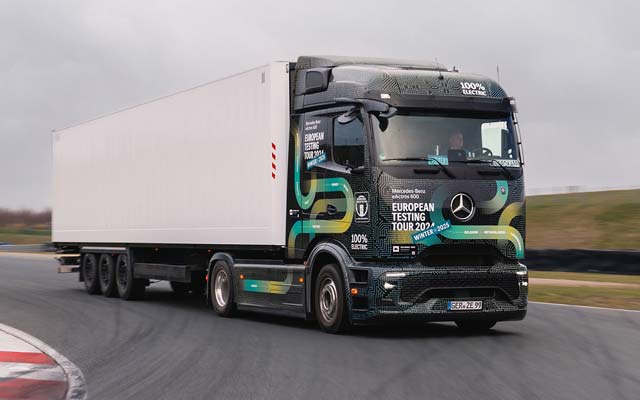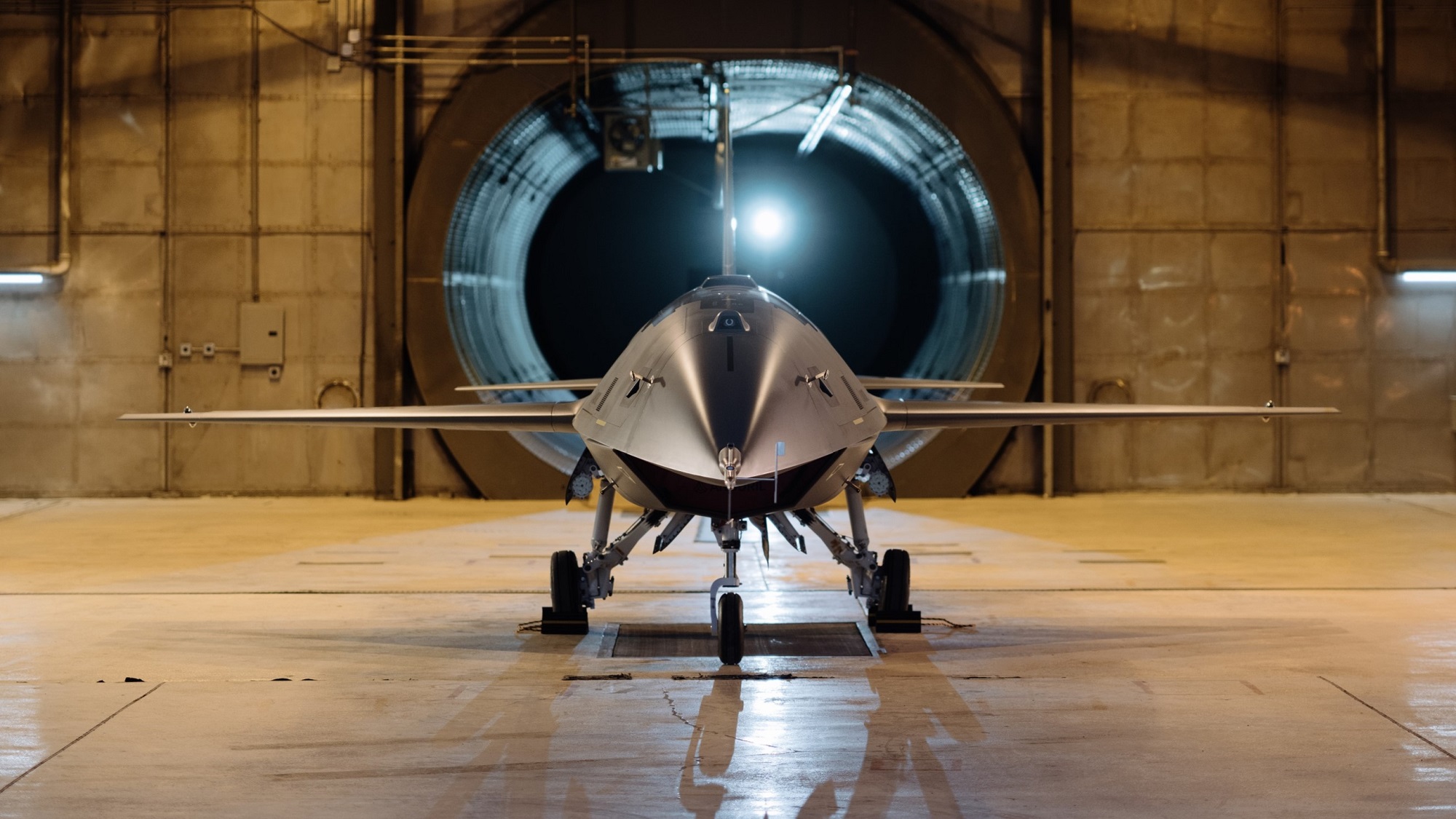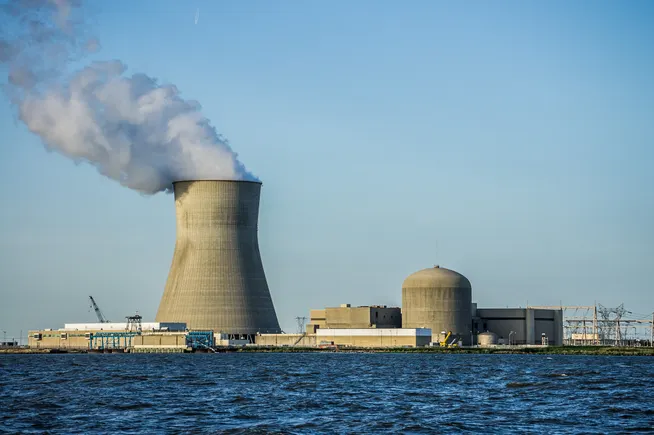How is AI enhancing efficiency and productivity in the warehouse?
By Louis Esquerrre-Pourtere, Head of R&D at Exotec Globally, warehouse operators are adopting AI to streamline workflow and revolutionise how they manage their facilities, using the technology to enhance efficiency, lower costs and increase productivity. A recent study by Research Nester estimates that 37% of logistics companies are now utilising AI in some form to [...] The post How is AI enhancing efficiency and productivity in the warehouse? first appeared on Warehouse & Logistics News.

By Louis Esquerrre-Pourtere, Head of R&D at Exotec
 Globally, warehouse operators are adopting AI to streamline workflow and revolutionise how they manage their facilities, using the technology to enhance efficiency, lower costs and increase productivity. A recent study by Research Nester estimates that 37% of logistics companies are now utilising AI in some form to drive more value from automation.
Globally, warehouse operators are adopting AI to streamline workflow and revolutionise how they manage their facilities, using the technology to enhance efficiency, lower costs and increase productivity. A recent study by Research Nester estimates that 37% of logistics companies are now utilising AI in some form to drive more value from automation.
Traditional warehouse management processes are struggling to keep up with the increasing complexity of supply chains, and businesses must increase the accuracy, speed, and flexibility of their operations to meet rising customer expectations.
Predictive analytics and intelligent inventory management are two ways that AI-driven automation is transforming warehouse management. These applications will help in areas such as picking precision, obstacle detection and safer navigation, leading to significant benefits for logistics in the long term.
The rise of AI-powered warehouse robots
AI-powered robotics are setting a new standard in warehouse management. Robots are now effectively replicating human behaviours, using cameras and deep learning algorithms to identify obstacles and ensure autonomous and precise inventory handling to navigate complex environments.
Thanks to AI, robots can now analyse images in real time and assess items to facilitate effective retrieval of goods. This drastically cuts down on the time needed to move items to where they need to be in the warehouse. Additionally, by improving picking accuracy, AI lowers the number of errors made by robots.
Predictive analysis is used by robots to calculate the impact of supply chain interruptions and proactively manage inventory. This aids companies in avoiding stockouts or overstocking.
Machine learning in the warehouse
Machine learning is also playing a crucial role in making warehouse robotics more intelligent and cost-effective, enabling engineers to develop simpler solutions and reducing the environmental impact of their systems. Engineers are using AI to design and develop algorithms that would otherwise be impossible to articulate in human-readable code, establishing highly adaptable systems capable of handling diverse scenarios without added complexity or maintenance costs.
Machine learning enables these systems to continuously learn and adapt, consistently improving efficiency without requiring frequent human intervention through manual adjustments. AI, for example, uses analysis to interpret visual content by recognising objects, identifying shapes, counting them and determining their position within a container in the warehouse.
This results in the accurate picking and placement of objects, and robots that are programmed to respond optimally to new situations and the evolving needs of the warehouse.
Advancements in AI-driven systems
AI is constantly improving and developing, leading to new improvements in warehouse robotics which are further enhancing efficiency. The latest generation of AI-powered robots, offer enriched navigation, better-quality picking precision and seamless fleet management. These developments allow warehouses to handle the increasing demands of customers without compromising speed or accuracy.
New robots can be integrated into existing operations without disruption or the need for extensive set-up and integration. As each robot operates independently, companies can flexibly integrate new additions to their fleet and scale operations depending on individual requirements.
Future-proofing the supply chain
AI is the future of warehouse management. Companies that fail to adopt AI-driven solutions risk falling behind and facing increased operational costs, reduced efficiency, and are at a competitive disadvantage in an increasingly automated industry.
Manual navigation increases the risk of accidents and operational downtime, further impacting effectiveness and output. Without precise predictive analytics and obstacle detection, warehouses may face challenges in anticipating demand fluctuations, leading to stock inefficiencies and avoidable disruptions.
As technology continues to advance, warehouse management will continue to adopt AI-driven systems, making them the standard for logistics efficiency. Businesses that invest in AI will future-proof their supply chains and greatly reduce operational costs and challenges in the long run.The post How is AI enhancing efficiency and productivity in the warehouse? first appeared on Warehouse & Logistics News.




























